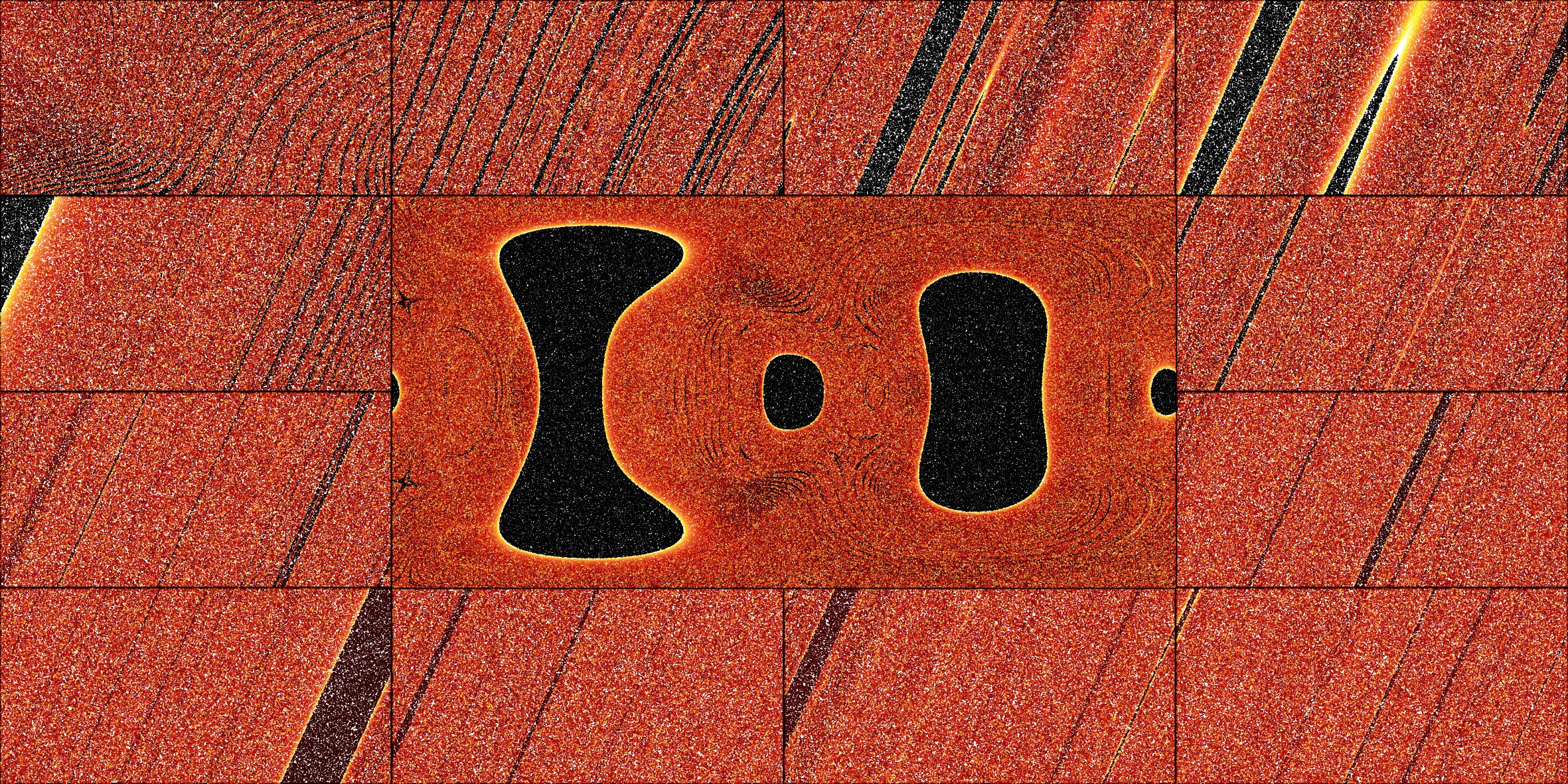- cross-posted to:
- science@beehaw.org
- astronomy
- cross-posted to:
- science@beehaw.org
- astronomy
I thought this type of thing was well known in chaotic dynamics. There must be a new discovery here, but the phys.org article is not much help in explaining what it is.
The millions of simulations were spread across the various possible combinations within this framework. As a whole, the results form a rough map of all conceivable outcomes, like a vast tapestry woven from the threads of initial configurations. This is where the isles of regularity appear.
The colors represent the object that is eventually ejected from the system after the encounter. In most cases, this is the object with the lowest mass.
“If the three-body problem were purely chaotic, we would see only a chaotic mix of indistinguishable dots, with all three outcomes blending together without any discernible order. Instead, regular ‘isles’ emerge from this chaotic sea, where the system behaves predictably, leading to uniform outcomes—and therefore, uniform colors,” Trani explains.
The full paper is here: https://www.aanda.org/articles/aa/full_html/2024/09/aa49862-24/aa49862-24.html
From what I gather, they’re looking at the trajectories of the first object ejected from the system over all of the simulations, and they’re finding that:
If the 3BP was fully ergodic, we should see a mix of colours everywhere, but instead we observe four large regions of uniform colours, two large ones at ι ~ 80° and 260°, and two small ones at ι ~ 175° and ι ~ 355°, that we term regular islands.
https://www.aanda.org/articles/aa/full_html/2024/09/aa49862-24/F3.html
All of those colors on those images are dots, each one representing the outcome of a simulation. The large single-colored areas shouldn’t exist if 3BP were truly chaotic and unpredictable. Furthermore, you can see some “finer structures that look like narrow stripes.”
Thanks yes I might look at the paper. Having a mixture of stable and chaotic regions is a well known phenomenon though. See for example Wada basins.
My dad used a Wada basin to shave in the morning when he was in Vietnam.
And the yellow? Close miss?
These kinds of images make me wish I had studied chaos theory, they are so fascinating
I couldn’t find details on this so I would love if anyone has any insight or thoughts, but I’m wondering if these patterns could be from the simulation and computational limitations around generating true ‘random’ numbers (used in the simulation coordinates, vectors, velocities etc) ?



